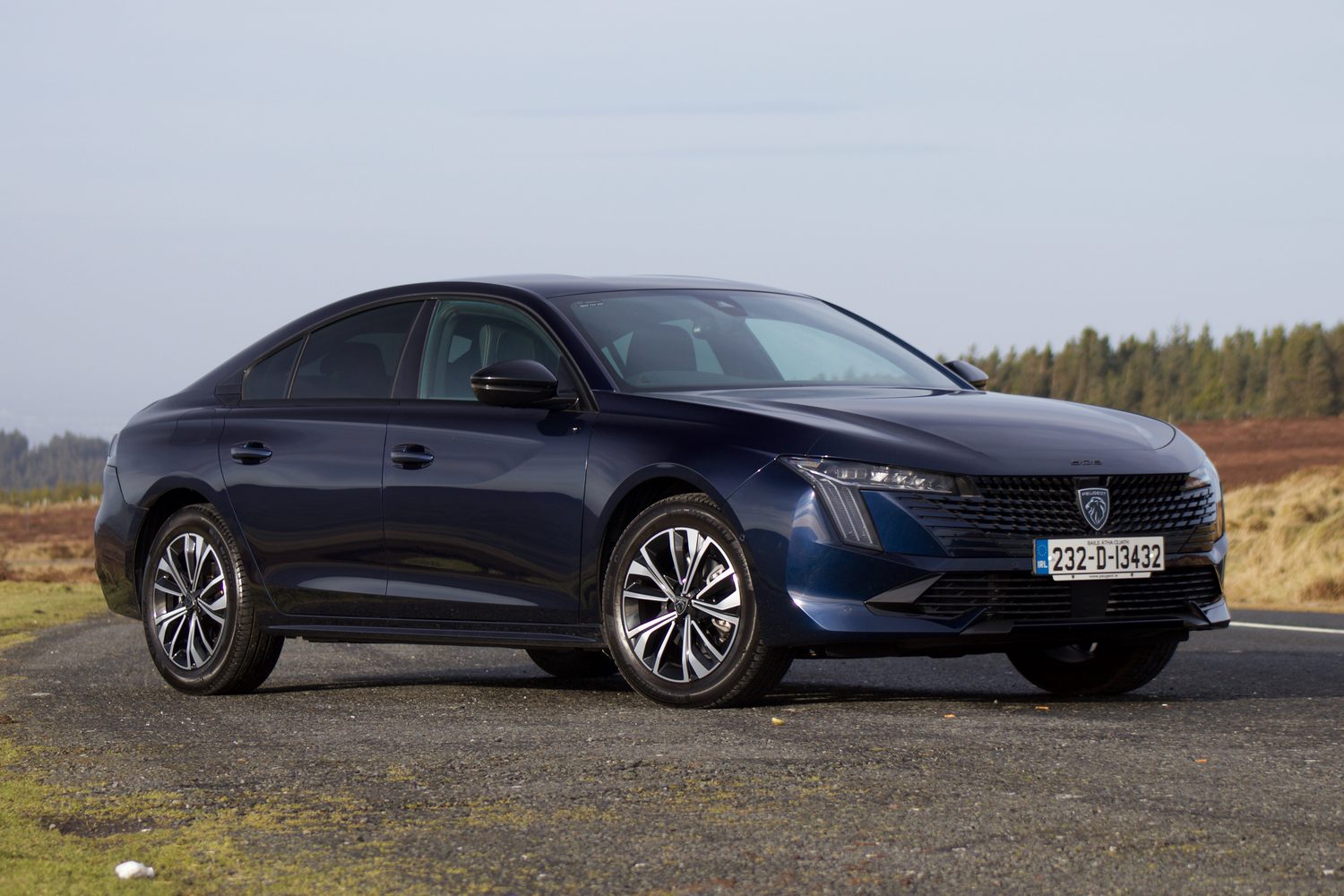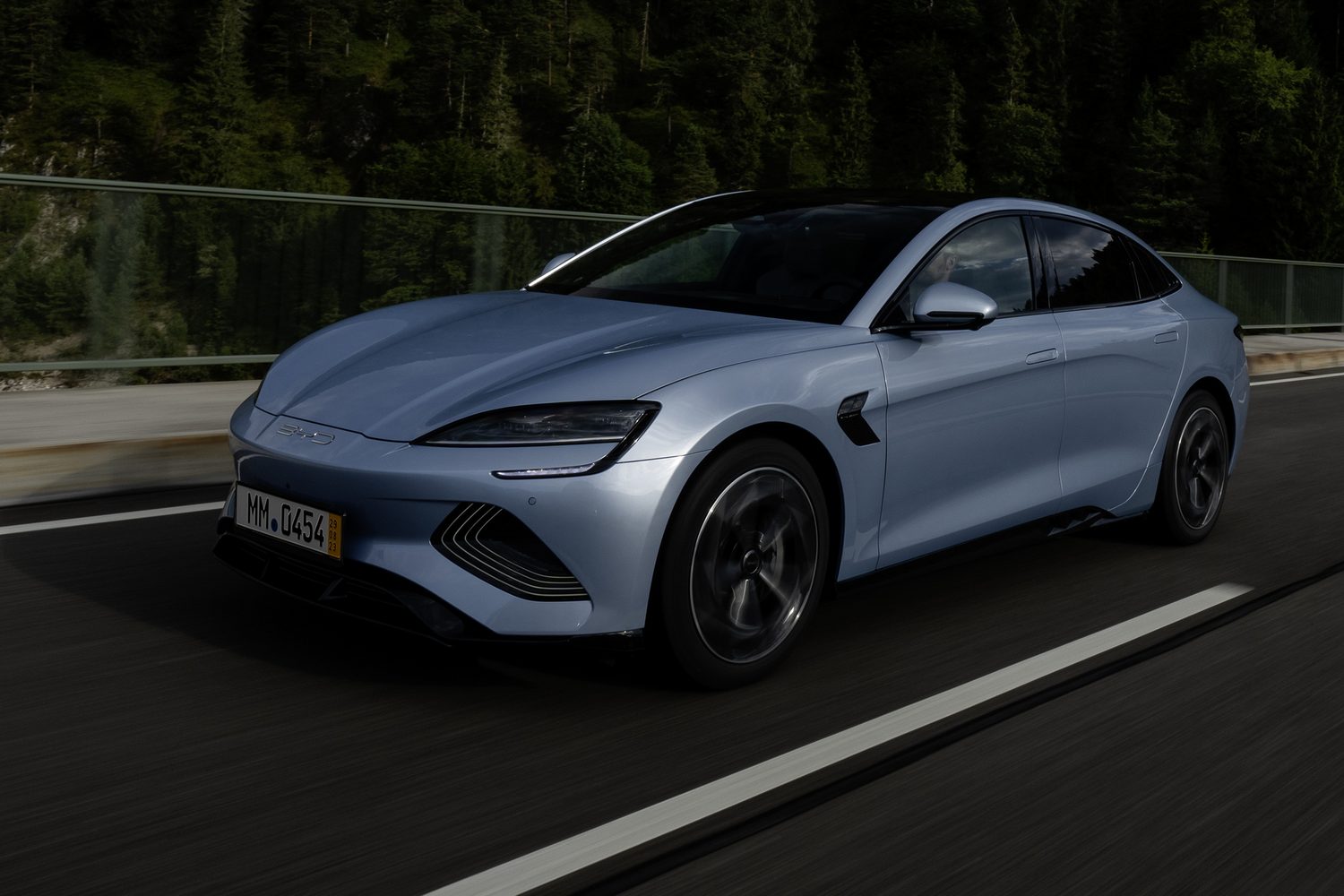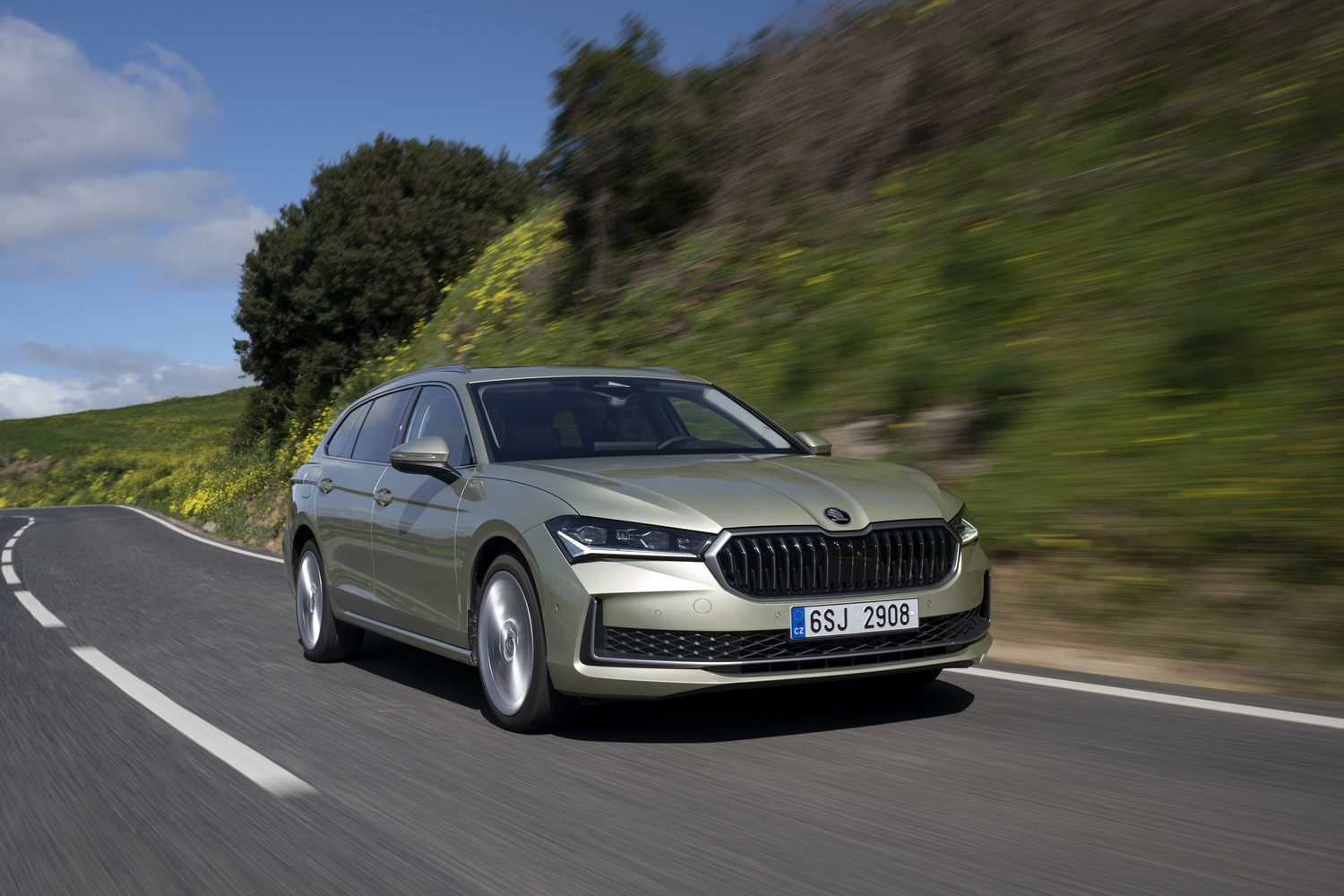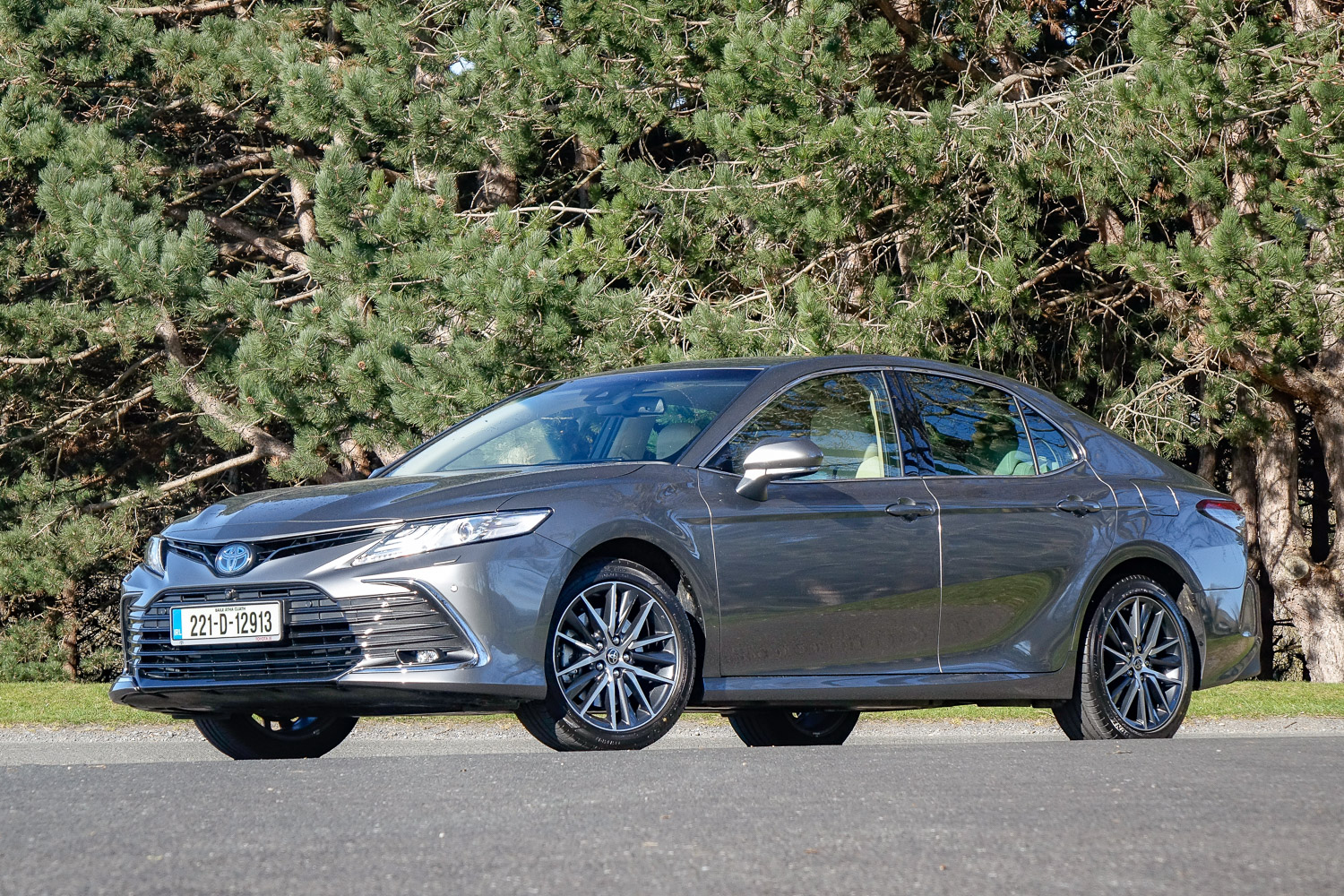Peugeot 508 overview
You could almost describe the updated Peugeot 508 as the last of a dying breed - the mid-market, four-door, family saloon (let’s gloss over the fact it’s a five-door fastback). When it was originally introduced in this form back in 2018, it had any number of competitors - the Volkswagen Passat, the Mazda6, the Toyota Camry, the Ford Mondeo - and now hardly any are left. Really only the Camry and the incoming new Skoda Superb are the only proper alternatives.
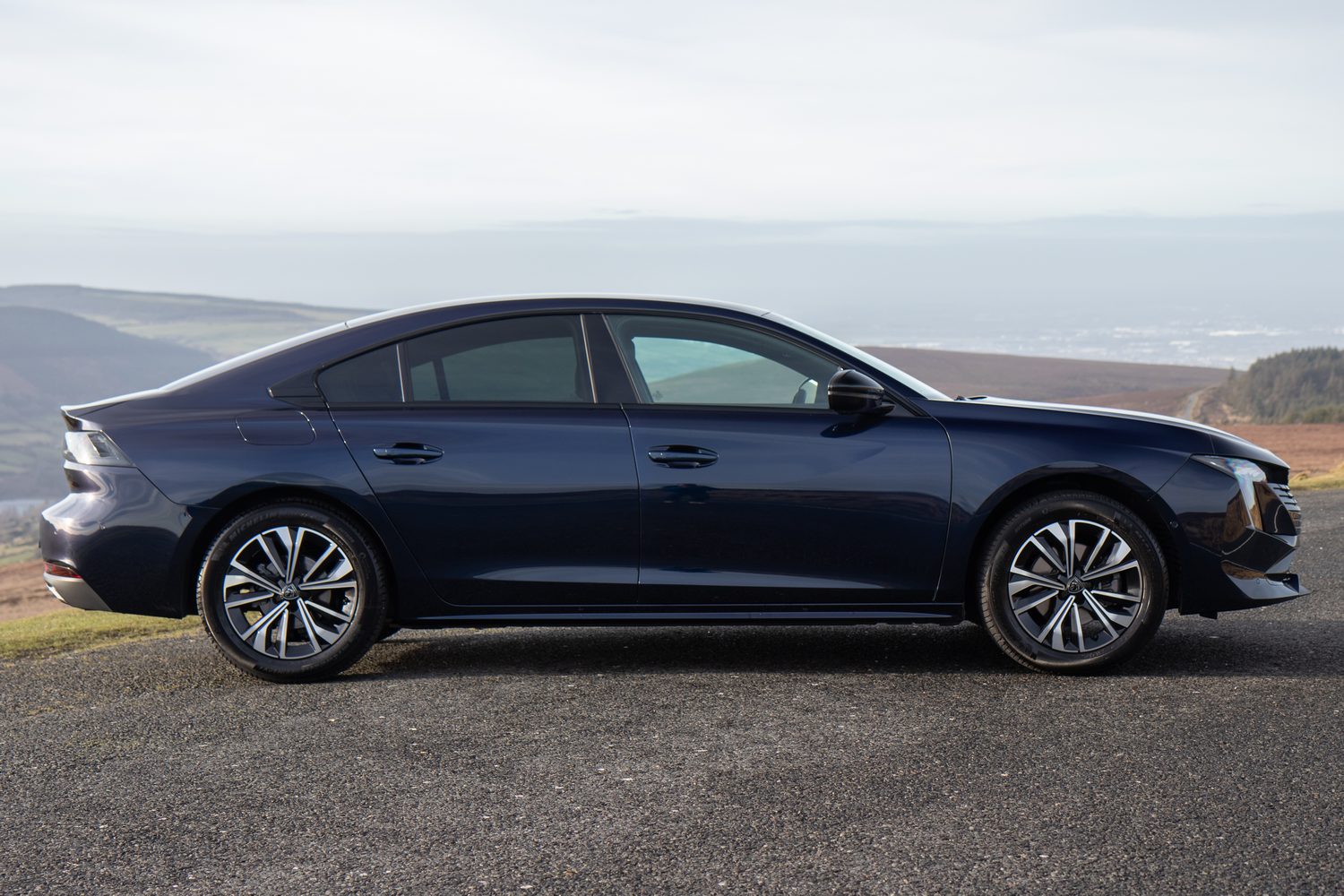
Still, Peugeot is game for one last try with the 508; one last try to find some customers and tempt them out of their SUVs. The offering is much the same as before - you get the choice of a sleek, five-door fastback with a practical hatch at the back, or an equally sleek SW estate, which would be our personal choice. There’s regular petrol and diesel power, and plug-in hybrids, and every model now comes with an automatic gearbox.
In terms of the updates to the 508 for the 2024 model year, there’s an entirely new front end, using a full-width grille that blends more seamlessly in with the lights and bumper, very much in the style of the new Peugeot E-3008 electric SUV. In common with other new Peugeot models, the LED daytime running lights have also been updated, ditching the previous single blade effect for a three-element light that’s meant to look as if the Peugeot lion (check the badge) has left claw-marks on the car.
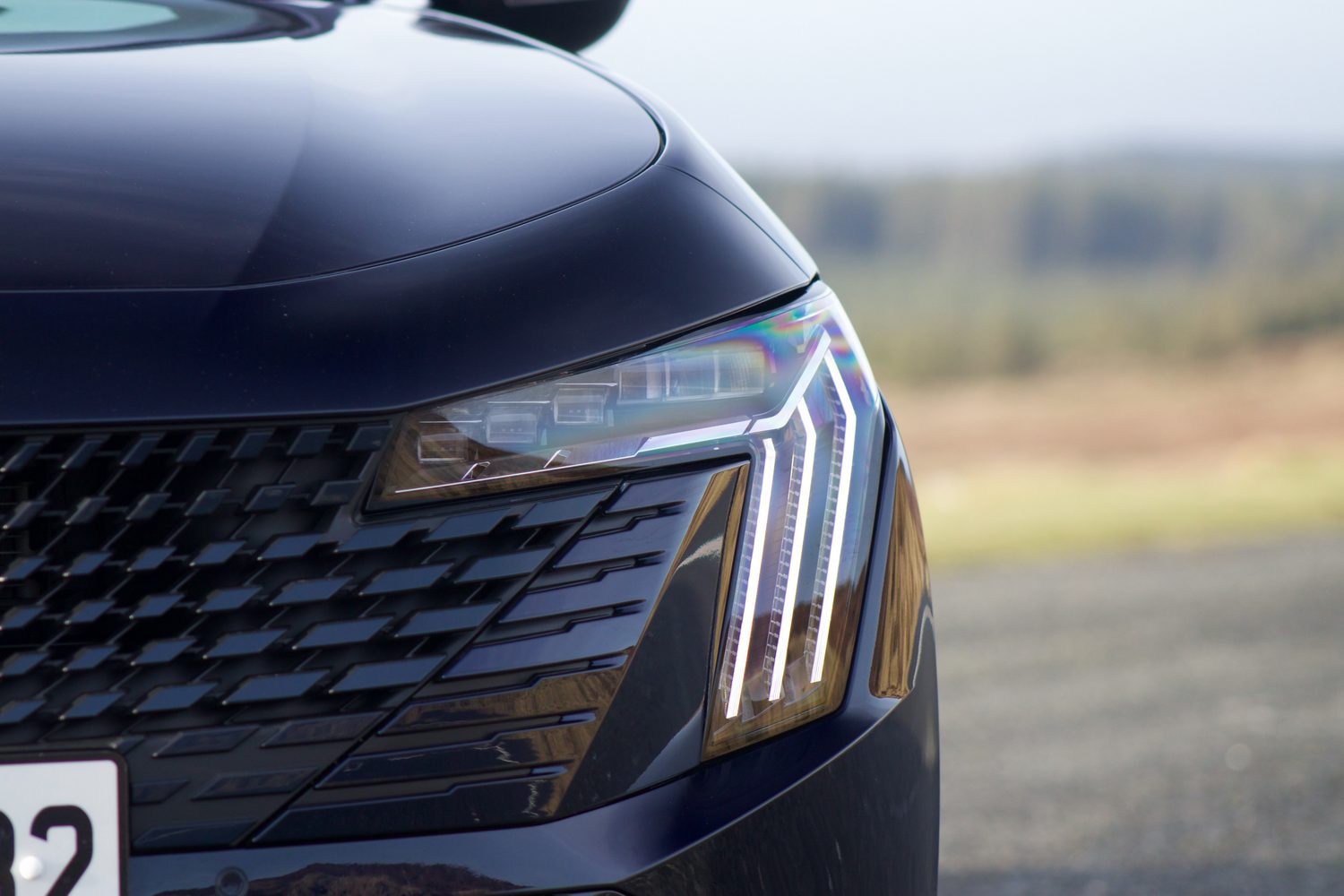
Speaking of the badge, that’s been updated too, to Peugeot’s current - and slightly retro - shield style, while the brake lights now have jewel-like elements under their lenses. Overall, it’s a pleasant upgrade for the 508, which was always a handsome car and it certainly looks fresh and up to date.
The Peugeot 508 model range
The 508 range is divided in three, starting with the well-equipped Allure model - available with either the 1.2-litre PureTech petrol engine or the 1.5-litre BlueHDi diesel we’re testing here, or a newly-introduced 180hp version of the plug-in hybrid, which was previously only available as a 225hp system. Prices start from €45,495 for the 1.2 petrol Allure, rising to €46,495 for our diesel-engined test car, and up to €49,995 for the 180hp plug-in hybrid.
Standard spec on a 508 Allure includes keyless entry and ignition, all-round parking sensors and a reversing camera, a 10-inch touchscreen with shortcut buttons, Matrix LED headlights, 17-inch diamond-cut alloy wheels, seats half-finished in synthetic leather, and tinted side and rear windows.
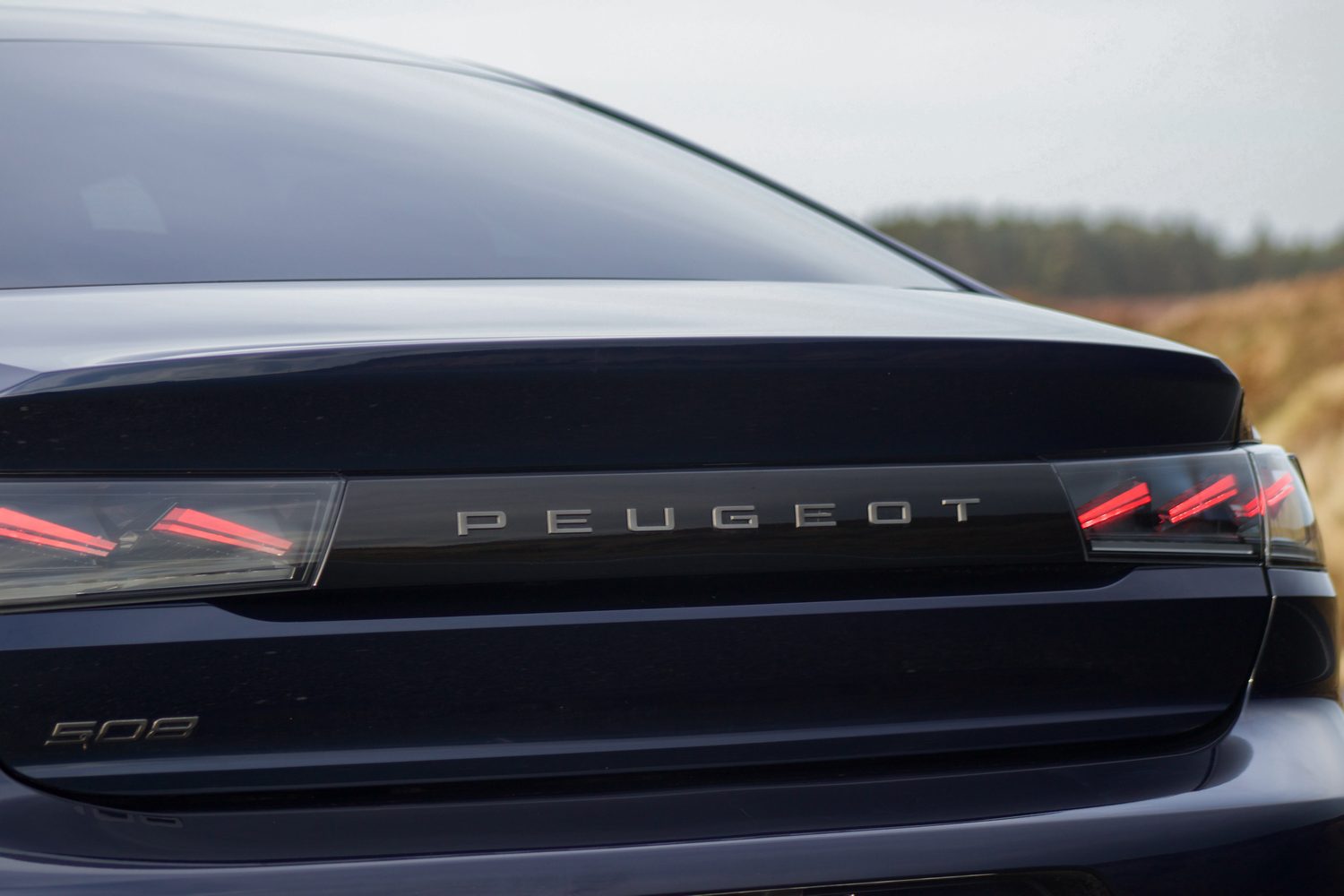
Next up is GT spec, which is available with either the 1.5 diesel engine for €49,495 or the 225hp version of the plug-in hybrid for €53,790. Standard spec includes adaptive cruise control and lane-keeping steering, a frameless electrochromic rear-view mirror, 360-degree parking camera system, ambient cabin lighting, 18-inch diamond-cut alloy wheels, contrast stitching on the dashboard, seats with synthetic leather and Alcantara suede, a perforated leather steering wheel and a powered tailgate.
Finally, there’s the range-topping PSE, or Peugeot Sport Engineered, model which uses a standalone four-wheel-drive version of the plug-in hybrid powertrain making up to 360hp. Think of this as a modern incarnation of the classic 405 Mi16 model, and it’s fast, very sharp to drive and yet has a useable electric-only range of up to 52km (the regular plug-in models can manage a theoretical 64km). It’s expensive, at €72,495 but comes with a night-vision camera, wireless phone charging, a high-end Focal sound system, a special body kit, 20-inch black alloy wheels, seats with Nappa leather and Alcantara suede trim, plus special PSE badging.
In safety terms, the 508 scored a maximum five stars on the Euro NCAP crash test, with a 96 per cent score for adult occupant protection, 86 per cent for child occupants, and 71 per cent for vulnerable road users. Standard safety equipment includes radar-and-camera controlled emergency braking, driver attention alert, lane-keeping assist, traffic sign recognition and blind spot monitoring.
The Peugeot 508 interior
If you come at it from an SUV or crossover, the cabin of the Peugeot 508 seems almost impossibly low-slung and laid-back. Even when there were other mid-size saloons with which to compare it, the 508’s seat seemed especially low-set, and now in a world of mostly taller cars, it kind of feels like you’re sitting on the road.
I don’t mind that - in fact, I feel much safer sitting down low in a car, but many people seem to feel that a high-up driving position makes them feel safer, so bear that in mind if you’re considering a 508.
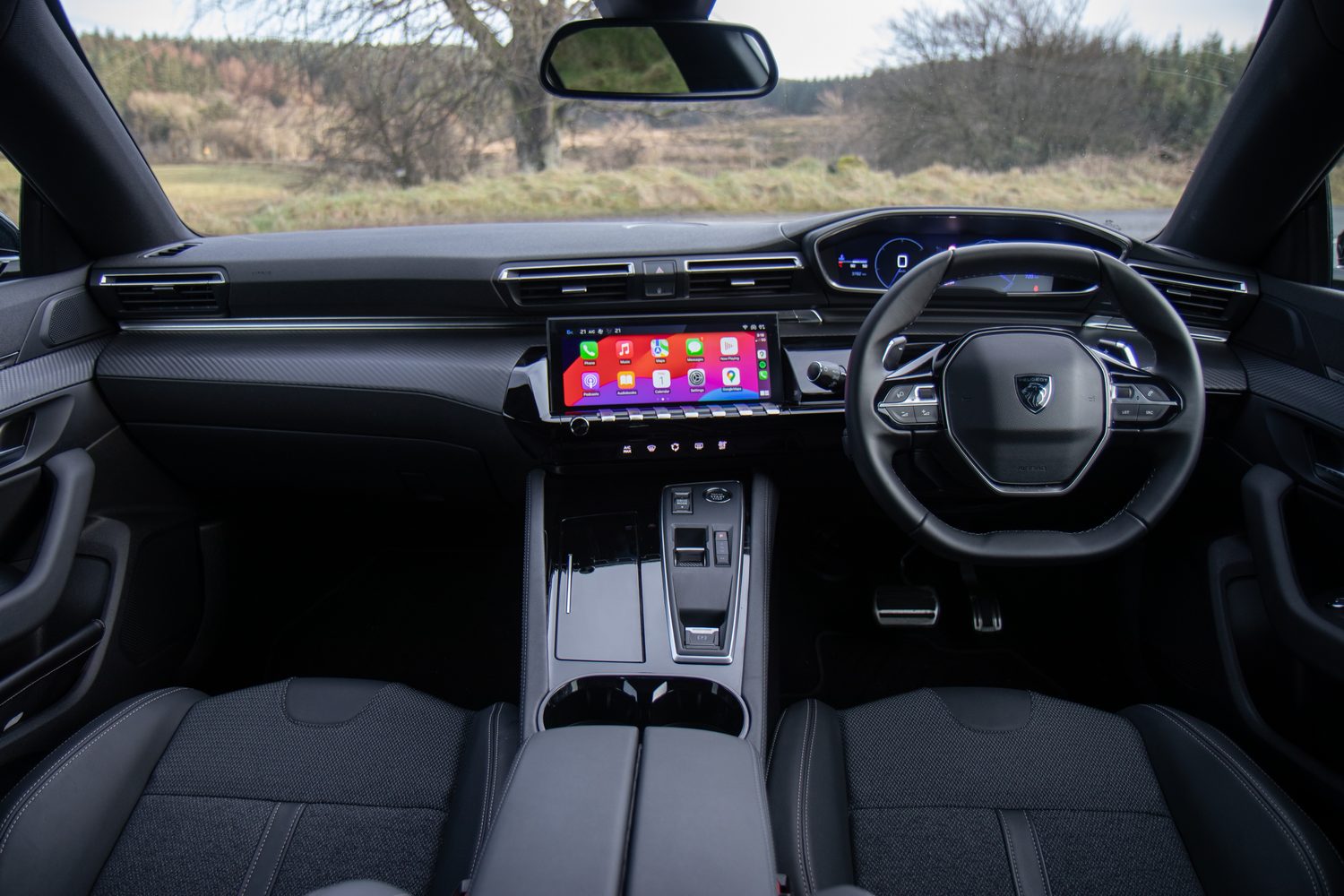
The only major cabin changes for this updated version are that the automatic gearbox selector is now the same stubby metal toggle switch that you’ll find in the Peugeots 408 and 308, and that the shallow 10-inch touchscreen has been given the same software as those cars. The 508’s cabin design means that you can’t have the customisable touch-sensitive shortcuts buttons of those other cars, but you do still get the metallic ‘piano key’ switches, which are certainly helpful when finding your way around the screen. The new software’s menu layout is much more logical than it used to be, and the graphics look classier too. It’s a bad idea to have the climate controls on their own separate menu screen, rather than on an ‘always on’ section, but at least when you select the home screen there are temperature and fan controls on the screen alongside other functions, so that’s good. It’s not the best menu system around, but it’s much improved.
Above the small, hexagonal steering wheel (still a divisive design this many years on) the instrument panel hasn’t changed a lot, and you can customise its layout to an extent.
Those low-set seats are wonderfully comfortable, and on the tall centre console you’ll find plenty of useful space, from a storage box under the butterfly-style front armrest, to two decent cupholders, another storage area under a spring-hinged lid to the left of the gear selector and, under the main spar of the console, an open-sided storage area that’s also home to the (optional) wireless phone charger and some USB sockets which are difficult to reach.
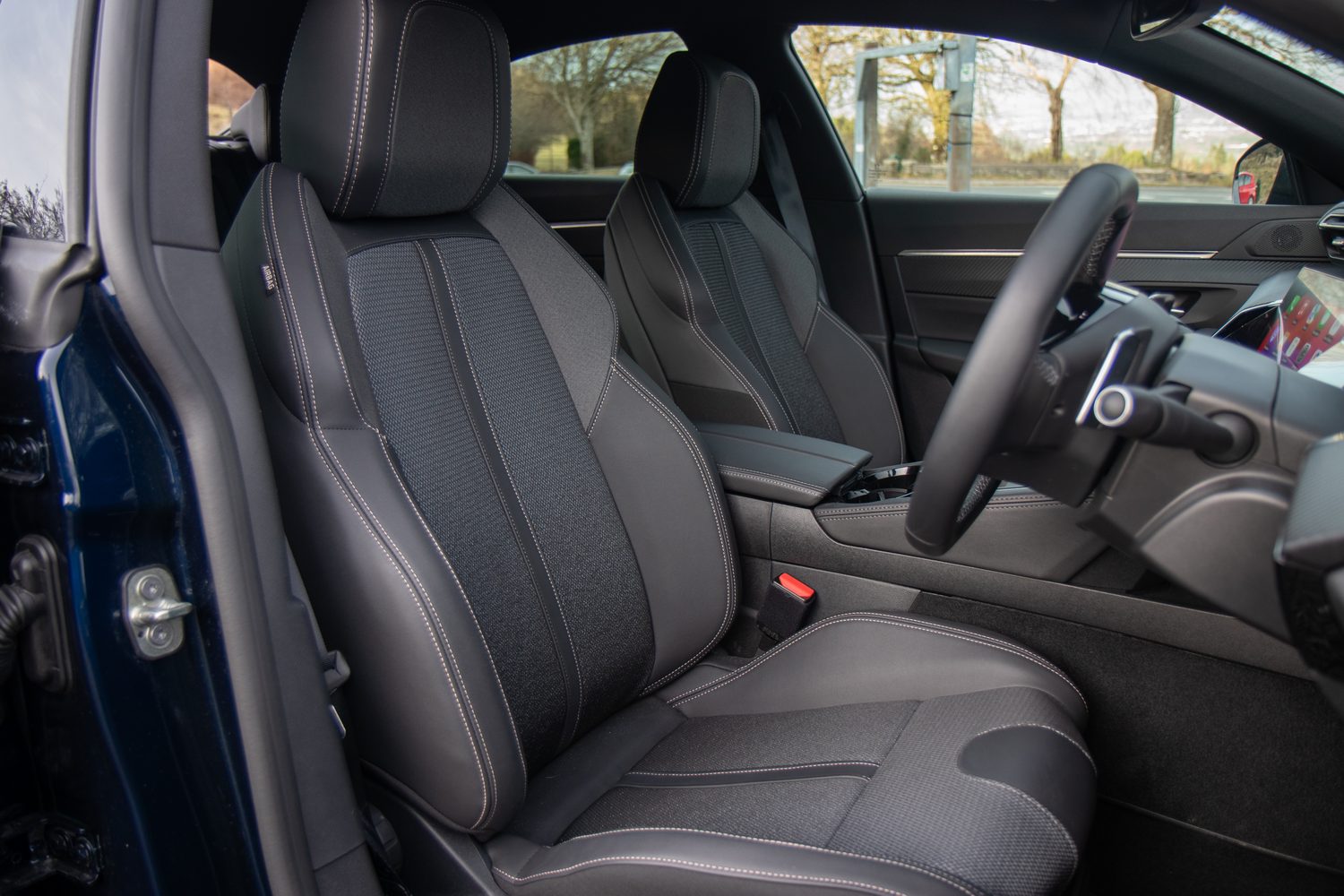
Overall quality is good, and the faux-carbon-fibre trim that sweeps across the doors and the dashboard still looks good, but you can tell that some newer rivals - indeed, even some newer Peugeot models - have ramped up the cabin quality while the 508 has remained broadly static.
In the back seats, you may be surprised by the amount of space on offer. True, the sleek roofline will limit headroom for the very tall, but legroom and knee room are quite good, and the rear seat is supportive and comfortable. There are handy seatback nets for storage, and two more USB sockets, but the centre rear seat isn’t of much use.
The boot, under that large hatch, is usefully sized at 487 litres, but that is dwarfed by the new Skoda Superb’s 600-litre-plus boot. If you need more space than this, upgrade to the 508 SW, which is frankly just a good idea anyway.
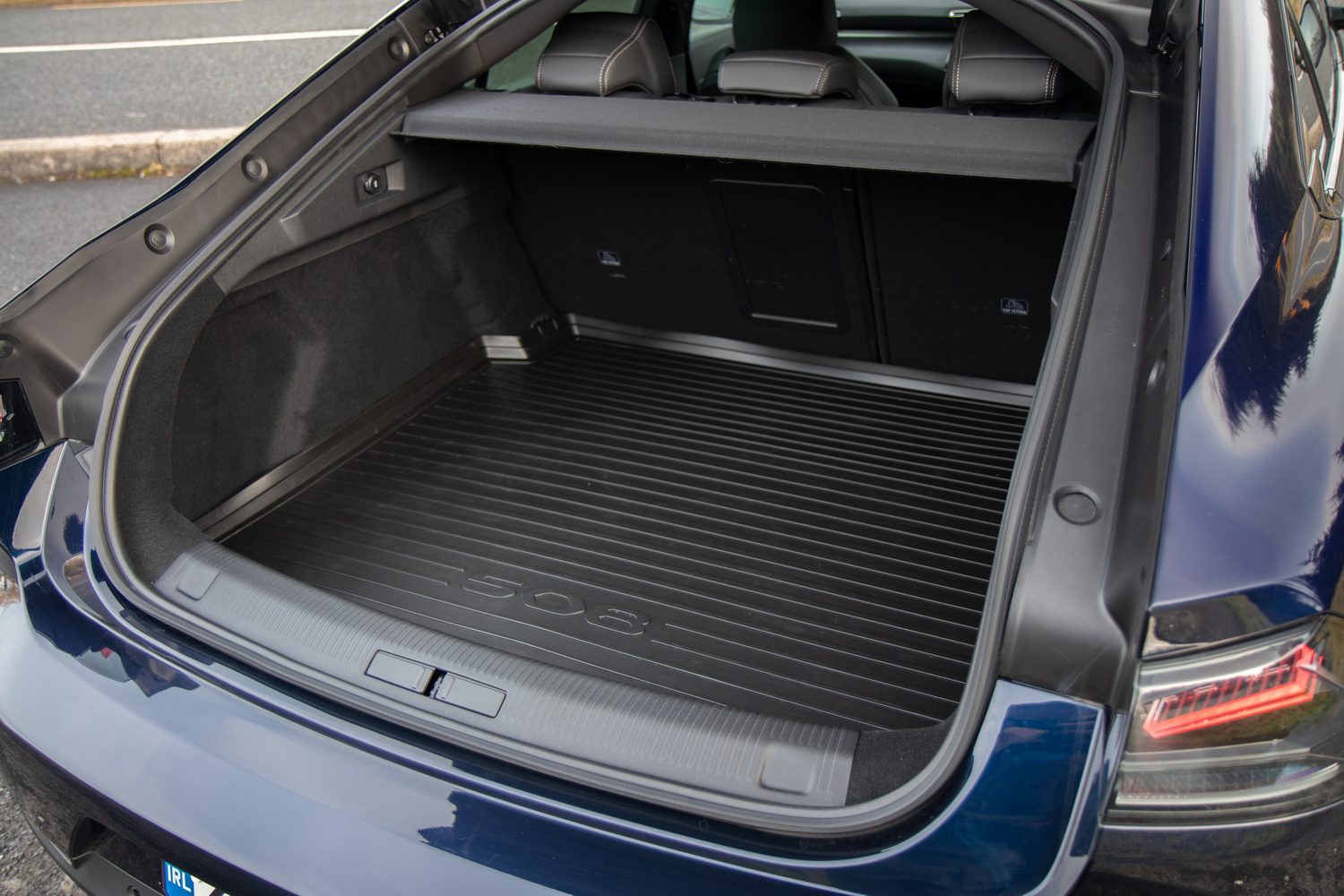
The Peugeot 508 driving experience
The 508 does that standard modern Peugeot thing of harnessing the small diameter of that steering wheel to make itself feel more urgent in corners than it really is, turning in initially with swiftness and sportiness. If the corner is short and shallow, the 508 gets away with it, but longer curves reveal that it’s all deception, and really the 508 just tackles bends in the usual family car manner. That’s not such a big problem, though. You’ll have had your fun in the initial bit of sportiness, and beyond that the 508 feels well-poised and nicely balanced. The ride comfort could be a little better, especially considering the small 17-inch alloy wheels. It’s fine most of the time but gets occasionally caught out and sends a big ‘whump’ up through the cabin.
Refinement is generally quite good, although there is a bit of wind noise around those frameless side windows, and road noise builds up on coarse surfaces.
The 1.5 BlueHDi diesel engine has been around for a while, and with only 130hp it’s hardly the most powerful around. It does help that there’s 300Nm of torque on which to call, though, and so while the 508’s 11-second 0-100km/h time looks slow on paper, on the road it feels a little swifter than that and you rarely long for a larger, or more powerful engine.
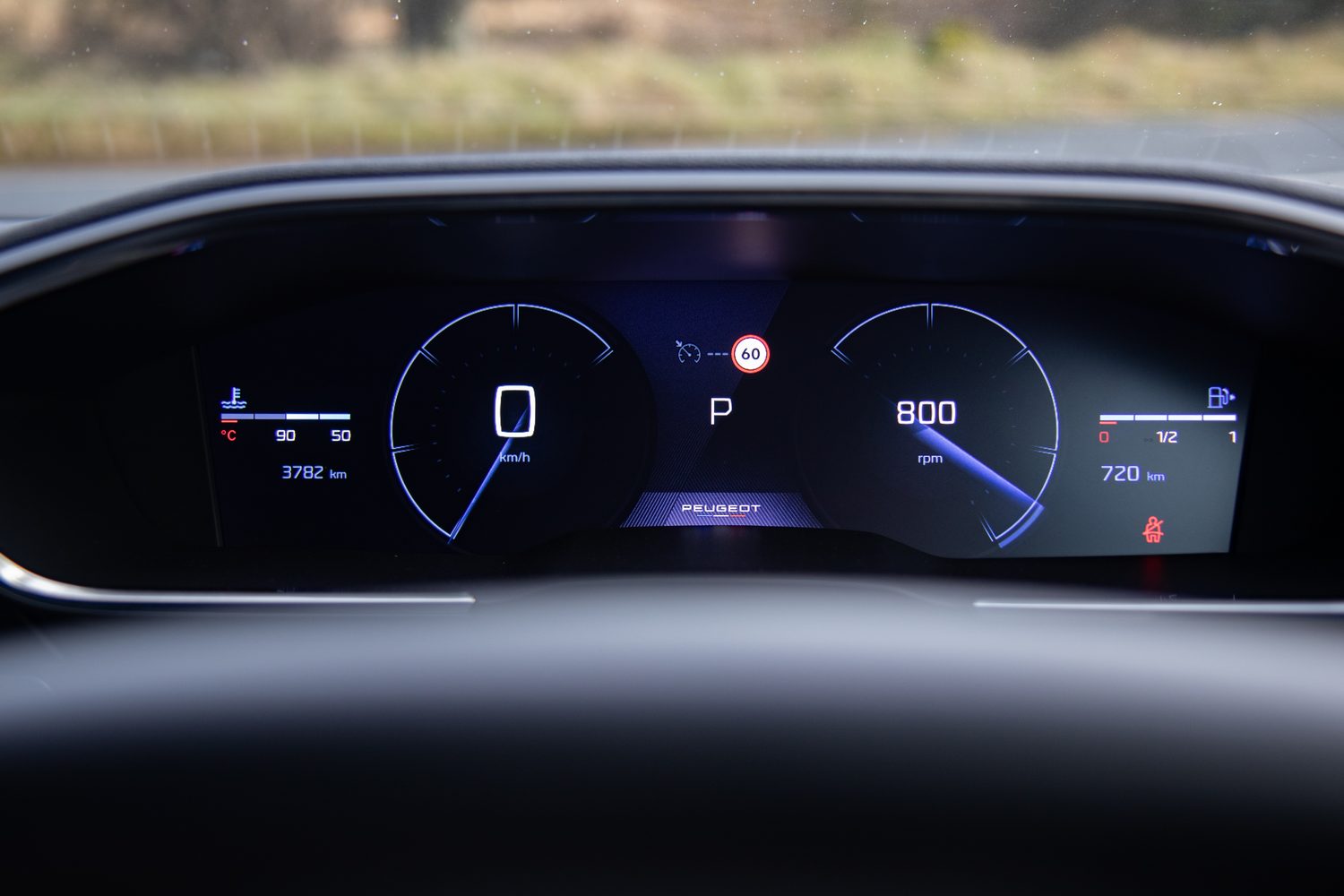
Where the engine really scores is in its overall economy. Peugeot quotes a figure of 5.0 litres per 100km on the WLTP cycle, and we managed an easy 5.3 litres per 100km when spending a lot of time on the motorway, which should ease any worries about fuel price rises.
Having said that, I don’t think this engine is the sweet spot of the 508 range. I reckon that accolade goes to the 180hp plug-in hybrid which manages to mix a useful electric range (figure on 45km or thereabouts in real-world conditions) with decent performance and refinement.
Our verdict on the Peugeot 508
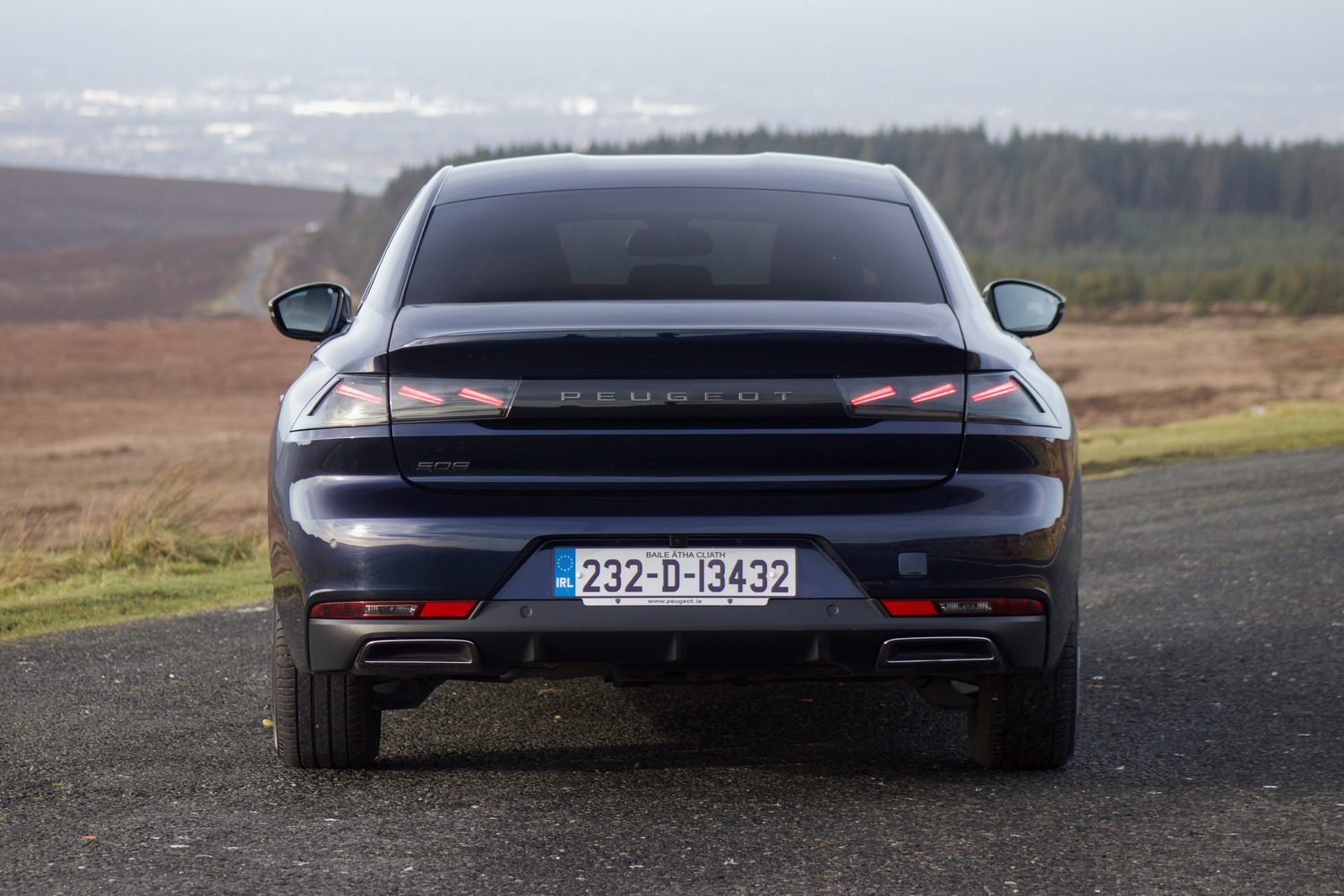
Peugeot’s update of the 508 has been successful, and it really does feel like something of an antidote to SUV jaundice. It’s probably inevitably on a declining sales path, which is a huge shame, but while we still have it it remains handsome, well-made, pleasing to drive and in this diesel form, impressively economical.
What do the rest of the team think?
I’m largely in agreement with Neil on this one - and I even managed to match the official fuel consumption figure over mixed driving, too. Saying that, I found the diesel engine loud so I’d only choose it over the PHEV model if I couldn’t plug the latter in regularly. That aside, the interior tech is dating, but the cabin still looks and feels good, and the exterior is as distinctively gorgeous as ever. But yeah, buy the SW estate.
Shane O' Donoghue - Editor

